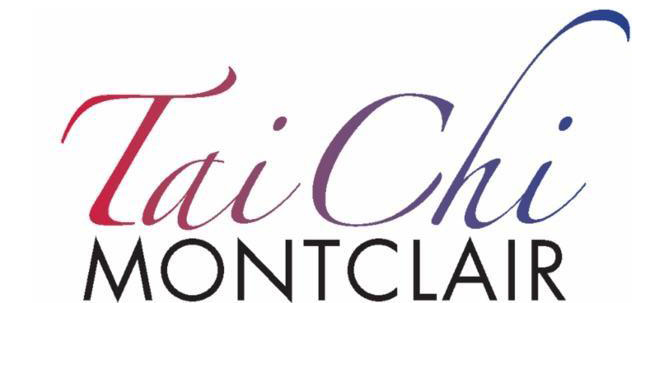Refining Our Practice
/When we begin learning tai chi we focus on the footwork first (bow step and empty step), then the arm movements, especially push and rollback. These are the skills needed to perform section one, begin to experience tai chi’s beauty and power, and enjoy it’s physical benefits including better balance and flexibility.
But there are other aspects or our practice we learn over time in order to "refine" our practice. There is the "lively energy" in our "gaze" as we follow the movement of our hands with our eyes; details of our fingers, shoulders and elbows we make use of as we take in that imaginary opponent.
This is the stuff that connects our practice in 2019 to six generations of Yang family members who created, reinterpreted, and refined the movements over 200+ years.
This is also where we can find echos of tai chi's even more ancient past. Influences from both Buddhism and Taoism reveal themselves in principles like empty and full--yin and yang--the Taoist concept that guides us in learning effective tai chi and actually teaches us how to keep our knees from getting injured. Martial arts roots are revealed in High Pat on Horse (warriors on horses). Snake Creeps Down and White Crane Spreads its Wings tell Monk Zhang Sanfeng's famous 1,000-year-old story, often described as the “origin” of tai chi at the Shaolin Temple. My current favorite move, Carry Tiger Return to the Mountain, describes a mythical and slightly mystical journey to a mountain, carrying with us our inner “tiger,” which by the end of the form we must “shoot” with a bow and arrow, maybe because we don’t need it anymore. It’s also one of the most beautiful and complex movements in the form.
You don't have to think about any of this to learn and enjoy tai chi. But it can be rewarding to do so.
QUOTE OF THE WEEK
It's always worth going back and reading the words by Master Yang Jun's very eloquent grandfather (also pretty well translated from Chinese).
Achieve the requirements gradually. Plan to work day by day. One day focus on dropping the elbows, the next day, the footwork. There is no end to this study. Gradually skill levels improve, the eyes become sharper and one is no longer satisfied with beginning efforts. Look, compare and evaluate. As understanding improves, dissatisfaction increases.--Master Yang Zhen Duo, from "The Yang Family Tai Chi Chuan Essentials."

